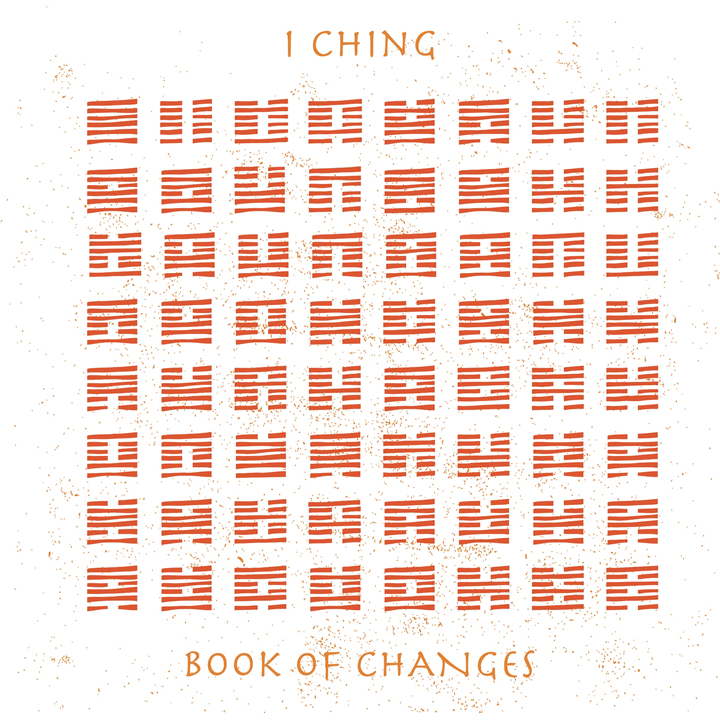The concept behind the title I Ching is profound. There is no exact translation of I Ching into English. However, the character yi as an adjective means "easy" or "simple"; as a verb, this character implies the process of change. The character jing means "classic" (as in a text); this character is derived from another character, which means "persistency" or "regularity." The title has three implications: simplicity, variability, and persistency. In other words, it is thought that though yin and yang influence one another, they interact in predictable ways, even in entirely new situations.
The I Ching is embodied by 64 hexagrams, which are abstract arrangements of six lines. Each hexagram pictures six stacked horizontal lines, each of which is either a solid line (representing yang) or a broken line (representing yin). The top line of the hexagram represents heaven, and the bottom line of the hexagram represents earth. Between these lines are the affairs of man. With this understanding, the I Ching was used as a tool to discuss the place of religion, political affairs, and social responsibility within the time that it was written. Experts believe that the hexagrams were originally a pairing of two trigrams, a less complex but very similar representational system.
Since each changing line is seen as being in the process of becoming its opposite, a new hexagram can be formed by transposing each changing yin line with a yang line, and vice versa. Thus, further insight into the process of change is thought to be gained by reading the text of this new hexagram and studying it as the result of the current change. The process of change, and the balance of yin and yang, is most eloquently captured by the fact that the hexagrams are arranged in an orderly fashion. One hexagram is the logical permutation of the previous hexagram. Eventually, the last hexagram flows into the first hexagram; in this way, the changing lines form a continuous circuit.
Each hexagram represents a state, a process and may represent a change in the process of unfolding. Each hexagram also has a name. Through centuries, Chinese scholars commented upon the original text of the I Ching, and their thoughts have been integrated into the text. To this end, the text captures the vigorous scholarship and political debate that co-existed with the development of Chinese medicine.



